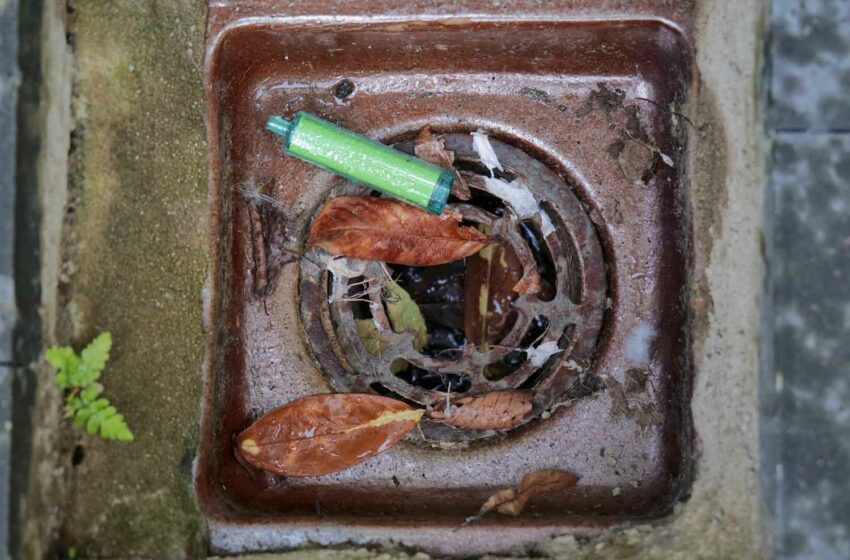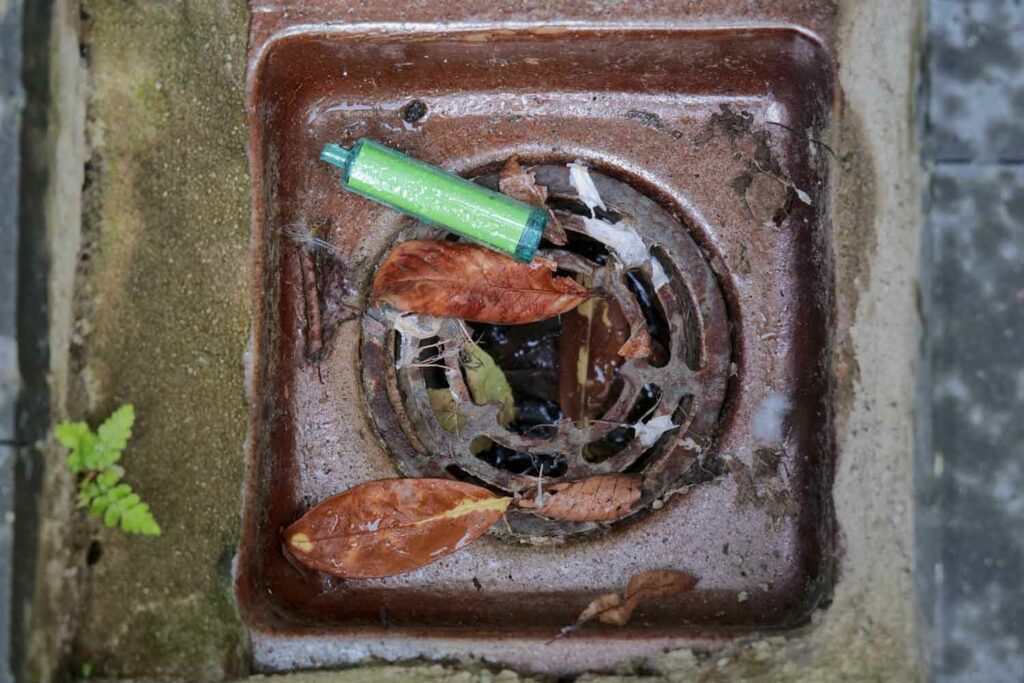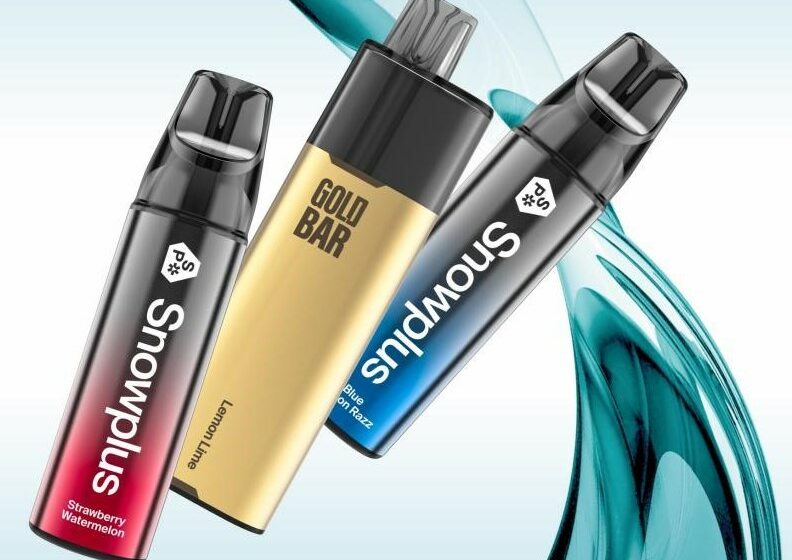
The U.S. Department of Justice (DOJ) and the U.S. Food and Drug Administration have established a federal task force to combat the distribution and sale of illegal vaping products.
“Enforcement against illegal e-cigarettes is a multipronged issue that necessitates a multipronged response,” said Brian King, director of the FDA’s Center for Tobacco Products.
In addition to the FDA and the DOJ, partners in the task force will include the Bureau of Alcohol, Tobacco, Firearms and Explosives; the U.S. Marshals Service; the U.S. Postal Inspection Service; and the Federal Trade Commission (FTC).
“Unauthorized e-cigarettes and vaping products continue to jeopardize the health of Americans—particularly children and adolescents—across the country,” said acting Associate Attorney General Benjamin Mizer. “This interagency task force is dedicated to protecting Americans by combatting the unlawful sale and distribution of these products. And the establishment of this task force makes clear that vigorous enforcement of the tobacco laws is a government-wide priority.”
The federal task force will focus on several topics, including investigating and prosecuting new criminal, civil, seizure and forfeiture actions under the Prevent All Cigarette Trafficking Act; the Federal Food, Drug and Cosmetic Act, as amended by the Family Smoking Prevention and Tobacco Control Act; and other authorities.
“The U.S. Marshals Service asset forfeiture division stands ready to work with our task force partners in the seizure of unauthorized e-cigarettes from domestic distributors seeking to sell them unlawfully,” said Ronald Davis, director of the U.S. Marshals Service.
“The Justice Department is committed to enforcing the laws that prevent the sale and distribution of unlawful e-cigarettes,” said Principal Deputy Assistant Attorney General Brian Boynton, head of the DOJ’s civil division. “We will work closely with our task force partners to address this crisis with all of the enforcement tools available to us.”
The FTC, which releases reports about cigarette, smokeless tobacco and e-cigarette marketing and enforces various statutory and regulatory prohibitions on false and misleading advertising, will support the task force’s activities, including by sharing its knowledge about the marketplace for vaping products.
“We look forward to sharing our experience with this rapidly changing, multibillion-dollar market through this important task force,” said Samuel A.A. Levine, director of the FTC’s Bureau of Consumer Protection.





















